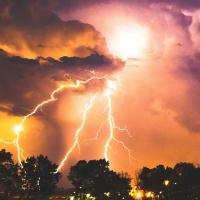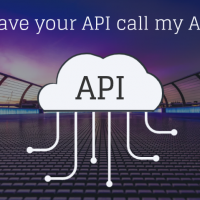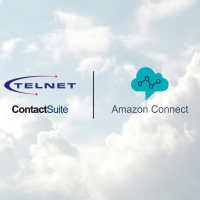New Zealanders waited more than two and a half millennia on hold last year according to the latest annual Customer Experience Intelligence Report by ServiceNow. Some contact centers, however, were answering in under 20 seconds.
In 2023, New Zealanders collectively spent over 22 million hours on hold with contact centers. That’s not just a statistic, it’s a signal. A signal that something in our customer service ecosystem is fundamentally broken.
For customers, those hours represent frustration and helplessness. For companies, they represent a missed opportunity to build trust and loyalty in moments that matter most.
But not all contact centers contributed equally to this national hold time. While some struggled to keep up with demand, others quietly maintained average speed to answer (ASA) times under 20 seconds, even across their busiest campaigns.
What Makes the Difference?
Keeping ASA low isn’t magic, it’s the result of intentional design: accurate forecasting, dynamic resourcing, and the integration of responsive technologies.
Smarter rostering, predictive analytics, and flexible blended staffing models allow contact centers like Telnet to scale up swiftly and avoid backlog, especially during campaign spikes, service outages, or natural disasters.
Technology plays a key supporting role, not by replacing human service, but by reducing unnecessary load. Virtual agents, for instance, can now handle routine queries and triage more complex ones, keeping human agents focused where they’re needed most.
When people call in with real problems, they don’t want to sit in silence. They want action—and speed can be the first sign that someone’s listening.
When Storms Hit, Response Time Matters
The utilities sector recorded the highest complaint volume in 2023 (62%) based on the report by ServiceNow. That’s no surprise given the disruption caused by Ex-Tropical Cyclone Tam.
Contact centers were flooded with calls, outages, faults, safety concerns, and the general anxiety that comes when the lights go out and no one knows why.
During that time, some providers quietly deployed AI-based virtual agents to absorb the surge. Telnet’s platform, Tulip AI, took on nearly a third of all inbound calls for a major utility provider during the storm.
It didn’t just deflect volume, it delivered:
- Real-time outage updates
- Logged fault reports
- Escalations when needed
And it did it instantly, without placing a single caller on hold.
While the headlines focused on complaints and long wait times, the underlying story was more complex: in places where the right systems were in place, customers got answers instead of delay.
The Bigger Picture
22 million hours on hold doesn’t just reflect overloaded systems, it reflects misaligned priorities. Customers today expect seamless, responsive, and human-centered service. And with the right mix of planning, staffing, and support tools, that’s exactly what can be delivered.
Yes, there’s room for empathy and warmth in every interaction, but there’s also room for urgency.
The difference between 20 seconds and 20 minutes can be the difference between retaining a customer or losing them.
Final Thought:
The data is clear: long wait times frustrate customers and damage reputations. But that future isn’t fixed. With better systems, better forecasting, and better use of smart automation, we can start giving New Zealanders something they’ve waited long enough for, their time back.
Ready to offer your customers better? Let’s talk about how we can reduce your hold times, increase satisfaction, and deliver during the moments that matter.
Written by Sam Rae







